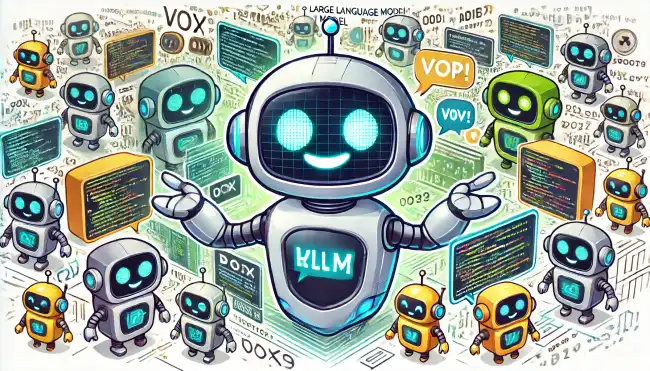Navigating the Breakthroughs of Large Language Models (LLMs) - Lessons and Insights for Startups
LLMs have been out a year and we should be a lot more knowledgable on the subject beyond just ChatGPT
6/12/2024

In the rapidly evolving world of technology, Large Language Models (LLMs) have emerged as a significant breakthrough. As a startup owner or an aspiring entrepreneur, understanding the potential of LLMs and the lessons learned from their development can offer a competitive edge in the market.
The Dawn of the LLM Era
As outlined in a comprehensive guide by the O'Reilly online learning platform, LLMs have reached a stage where they are "good enough" for real-world applications. The report highlights that the improvements in LLMs, coupled with increasing attention on social media, are expected to drive an estimated $200B investment in AI by 2025.
The authors of the report, who have substantial experience in building real-world applications on top of LLMs, share some vital lessons and methodologies for developing products based on LLMs. This information can help businesses build intelligence into their products, giving them a competitive edge against others in the field without requiring extensive machine learning expertise.
The article provides a detailed exploration of the tactical aspects of working with LLMs. It shares best practices and common pitfalls around prompting, setting up retrieval-augmented generation, applying flow engineering, and evaluation and monitoring.
Operating LLM Applications
Building on the tactical insights, the second part of the series focuses on the operational aspects of building LLM applications. It addresses some familiar questions from operating traditional software systems, along with entirely new questions raised by LLM applications.
The authors delve into four key areas: data, models, product, and people. They discuss how to review LLM inputs and outputs, how to measure and reduce test-prod skew for data, how to integrate language models into the rest of the stack, and how to think about versioning models and migrating between models and versions.
The article also touches on the role of design in the application development process, how to design user experiences with rich human-in-the-loop feedback, how to prioritize conflicting requirements, and how to calibrate product risk. Additionally, it gives insights into hiring for building a successful LLM application, fostering a culture of experimentation, and using emerging LLM applications to build your own.
LLMs in the Humanitarian Sector
A report by the Refugee Solidarity Network (RSN) provides another perspective on LLMs, exploring their use in the humanitarian sector. The report reflects on RSN's experience with LLMs to power chatbots aimed at enhancing access to critical legal information for asylum-seekers.
The report emphasizes the potential benefits and significant investments needed for the responsible use of AI technologies in sensitive settings. It concludes with actionable recommendations for humanitarian actors and funding organizations, highlighting the importance of community involvement, sufficient ethical considerations, and robust AI application monitoring.
Conclusion
The progress in the field of LLMs presents a wealth of opportunities for tech-savvy entrepreneurs and small business owners. The insights and lessons learned from the development and application of LLMs can provide invaluable guidance for startups. Whether it's improving product functionality, enhancing customer service, or exploring new market opportunities, LLMs can play a crucial role in shaping the future of your business.




